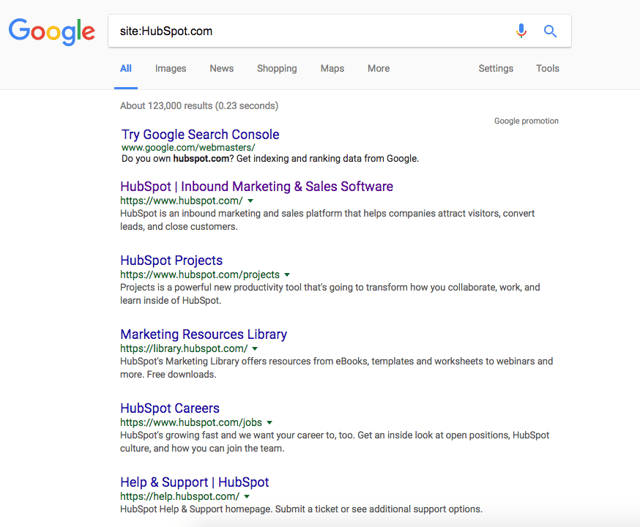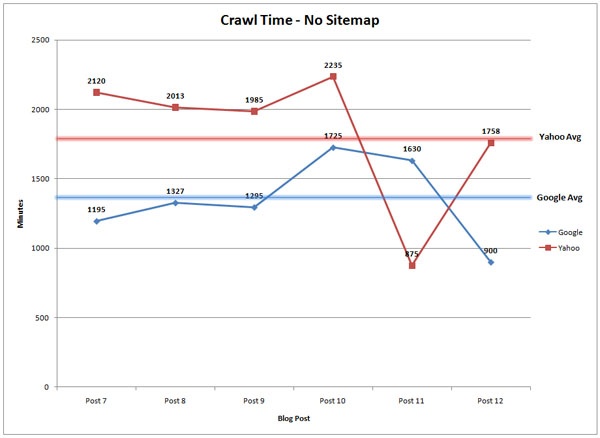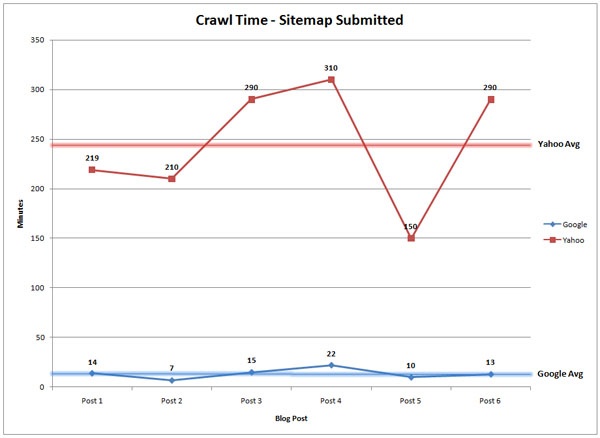
So, you've developed an amazing site. You've put together some seriously valuable content, iterated on the design, and gathered a ton of feedback. Now, you're finally feeling ready to share it with the world.
And as soon as you publish your new site for the world to see, all of your content will immediately start showing up in Google, right?
Well, maybe. Although, it takes a little more than just hitting the publish button. To get your site listed, you'll need to check a few boxes first. Let's walk through it ...
How Google Finds Your Content
Google, in its own words, uses a huge set of computers to crawl billions of pages on the web. This crawler, called the Googlebot, essentially begins with a list of web page URLs generated from previous crawls and then augments those pages with sitemap data provided within Google Search Console. During the crawling process, the Googlebot looks for new sites, updates to existing pages, and any broken links.
If new pages are within your sitemap, Google will discover them and crawl the content and then potentially list the page within search results based on its evaluation of 200+ criteria.
Once the crawling process is completed all of the results are fed into Google's index, and any new sites or updated content will be listed accordingly. During the processing of results, Google looks at information on your page such as title tags, meta description, alt tags, and more. If you have dynamic content on a page, the Googlebot may not be able to read it and will crawl the default version -- it's recommended that your default version is optimized for search.
As a result of Google's crawling, you may never need to submit your website as it will be discovered automatically. The downside to this approach has always been that it's reliant on Google's timeframe to crawl and index your site content, which may not happen as quickly as you would like.
Want to check if a particular site is listed in Google? Just begin your search with "Site:Sitename.com." For example, here's what is displayed in Google for HubSpot.com:

If no content is indexed yet for a site, Google will let you know that your search did not match any results.
If no content is found, your next step should be to create a sitemap that can be submitted to Google.
If you want more information about how to create a sitemap, take a look at this post.
(HubSpot customers: Your sitemap is automatically generated and maintained. Simply go to yourdomain.com/sitemap.xml to see it.)
How Long Does It Take to Index Content?
My colleague Casey Henry wondered this very question and ran a test to see how long it took Yahoo and Google to crawl and index content. The results? Well, they were staggering.
When publishing content without manually submitting an updated sitemap, Henry found that it took Google 1,375 minutes to crawl, while Yahoo took 1,773 minutes. To put those numbers into perspective, that's roughly a full-day just to crawl your content.

Source: Moz
On the other hand if you are launching a new website, or adding a number of new pages, it may be worth submitting an updated sitemap. According to the same study, Henry found that after submitting an updated sitemap, the average time it took for a bot to visit the page was 14 minutes, compared to 245 minutes for Yahoo. In other words, your new page can start generating organic traffic and conversions on the same day.

Source: Moz
How Do I Submit My Site to Google?
If you have a brand new site, you should first verify you own the site within Google Search Console and then submit it here.
If you have an existing site and are launching a number of new pages, then instead you should submit an updated sitemap to ensure it gets listed as quickly as possible.

To submit an updated sitemap, log in to Google Search Console > Crawl tab > Sitemaps. Once you're there you can submit your updated sitemap for Google so it can begin crawling it as soon as possible.
Based on the above, you may be asking if you need to submit an updated sitemap every time you publish a page. While you certainly could do so, it's best to manually go through the submission process if you're working with critically important content that needs to be indexed quickly. If you're just making minor updates or corrections to pages, then it may be ok to wait until Google crawls that page and updates its index.
Do you generally submit an updated sitemap when you publish new content? Let us know what you think in the comments.

No comments:
Post a Comment